I consider anemia to be one of several opportunities for preserving kidney function. Research shows that correcting anemia can improve quality of life and slow the progression of CKD. Because there are many nutrients involved in red blood cell production, nutrition is an important part of managing anemia.
What is anemia?
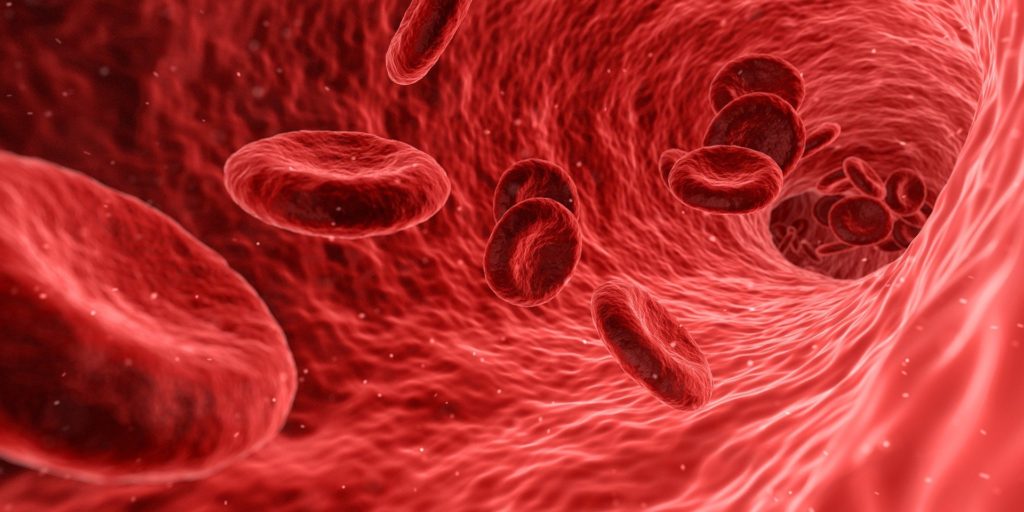
Anemia occurs when the body has an inadequate amount of healthy red blood cells. Red blood cells carry oxygen to our organs and tissues, including our kidneys. Your doctor checks for anemia by running a complete blood count, or CBC. The CBC includes a measurement of hemoglobin (Hb). Anemia is diagnosed when the Hb concentration is 13 g/dL or lower in males and 12.0 g/dL or lower in females.
Anemia is associated with many symptoms. However, many people with mild anemia might not notice any symptoms. Some of the most common symptoms associated with anemia are tiredness, weakness, pale or yellowish skin, dizziness, chest pain, shortness of breath, irritability, trouble focusing, headaches, cold hands and feet, and irregular heartbeat.
Why does anemia occur in CKD?
One of the main reason we see anemia so frequently in CKD is because of the loss of a hormone called erythropoietin (EPO). EPO is produced by the kidneys. EPO’s job is to help make red blood cells. In CKD, the body stops making enough EPO and anemia can develop as a result.
But, guess what? EPO is not the only player in red blood cell production. There are several nutrients, such as iron, vitamin B12, folate and riboflavin that also play a role in the process.
This is good news because with nutrients we have some control. We can make sure to obtain adequate amounts of these nutrients through our diet and supplementation. Getting adequate amounts of these nutrients will help keep our hemoglobin as close to normal as possible.
Iron Deficiency and CKD
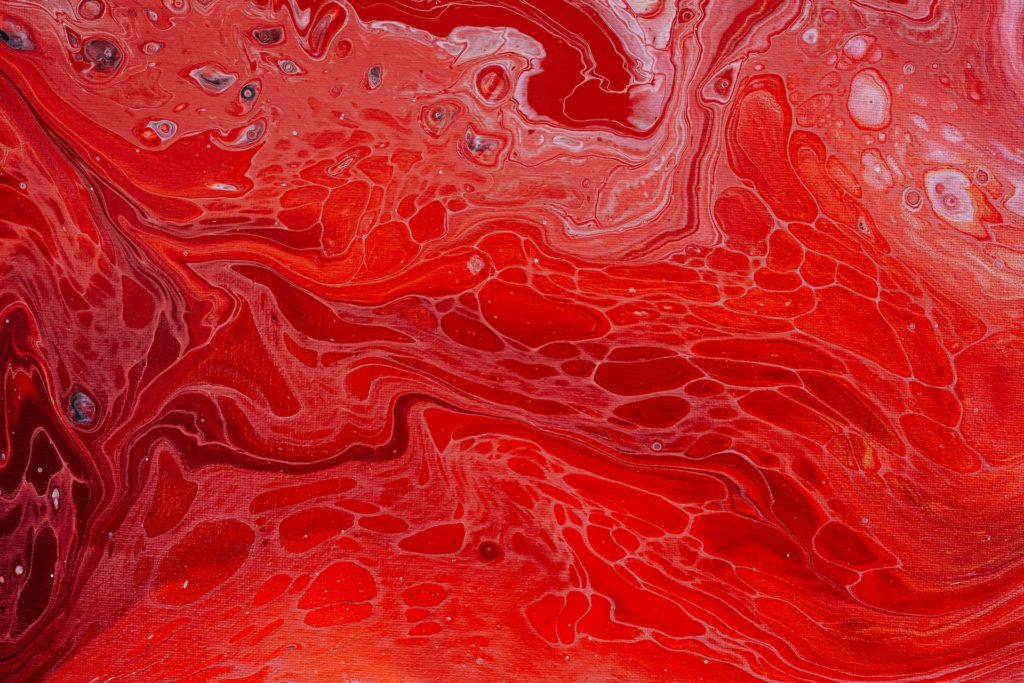
Iron deficiency is the single most common nutritional deficiency worldwide and it’s very prevalent in CKD. Despite how common it is, research shows that many CKD patients are not tested for iron deficiency. One study predicted that iron studies are only tested in 1 out of every 5 CKD patients. I believe all CKD patients should be tested for iron deficiency.
Your doctor can run an iron panel which includes measurements for TSAT and Ferritin. Iron deficiency is diagnosed if TSAT ≤ 20% and/or serum ferritin ≤ 100 ng/ml. Please note that these are the CKD parameters for diagnosing iron deficiency.
The cutoffs are different compared to the general population. What this means is that your ferritin may look normal on your lab tests but actually be abnormal for CKD. Make sure to check your most recent test results and if an iron panel has not been checked in a while; request a test at your next scheduled lab draw!
If your labs show you have iron deficiency you will need to address it. One way of doing this is to increase your intake of iron from foods. It is also important to pair high iron foods with high vitamin C foods. Vitamin C helps our bodies absorb more iron. See the chart below for a list of high iron and high vitamin C foods.
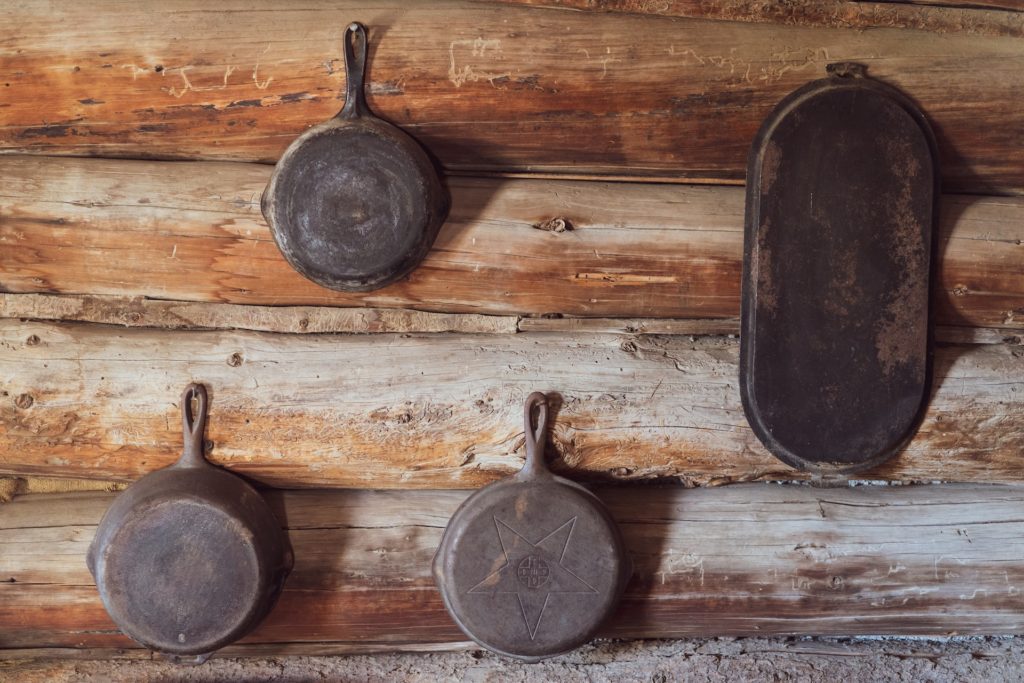
Another way to increase your iron intake is to cook in cast iron pans. Cast iron pans will release a little iron into your food during cooking. You can also cook with a ‘Lucky Iron Fish.’ Check it out here.
While these strategies can be helpful, increasing dietary iron is usually not enough. Iron supplementation is typically required. However, it is not always very efficacious and many people experience unpleasant GI side effects such as constipation.
Oral iron supplements can also negatively impact the microbiome; increasing the growth of less friendly bacteria. However, there are now better options available. In recent years a form of iron called ‘Ferric Citrate’ was approved by the FDA for treating iron deficiency in CKD.
This form of iron has been shown to boost iron levels more effectively when compared to more traditional forms (such as ferrous sulfate). While it is still associated with GI side effects, many of these side effects appear to lessen over time. Ferric citrate is available by prescription only.
Recent studies have shown that IV iron may be a more favorable and effective therapy for treating iron deficiency in CKD. If you have iron deficiency, I recommend asking your nephrologist whether IV iron could be a suitable option for you.
Other Nutrients: Vitamin B12, Folate, and Riboflavin

A lack of any of the above nutrients can also contribute to anemia. B12, folate and riboflavin are all examples of B vitamins. It is difficult to obtain adequate amounts of these vitamins on a diet that emphasizes plant foods and limits animal products.
Taking a B complex supplement is a good way of ensuring adequate intake of these important nutrients. Vitamin B12 and folate are also common lab tests that your doctor can order to assess your level of sufficiency.
Boosting Iron in CKD
You don’t need to track your iron intake! I’ve included the milligrams just so you can get an idea of the foods most dense in iron.
High Iron Plant Foods
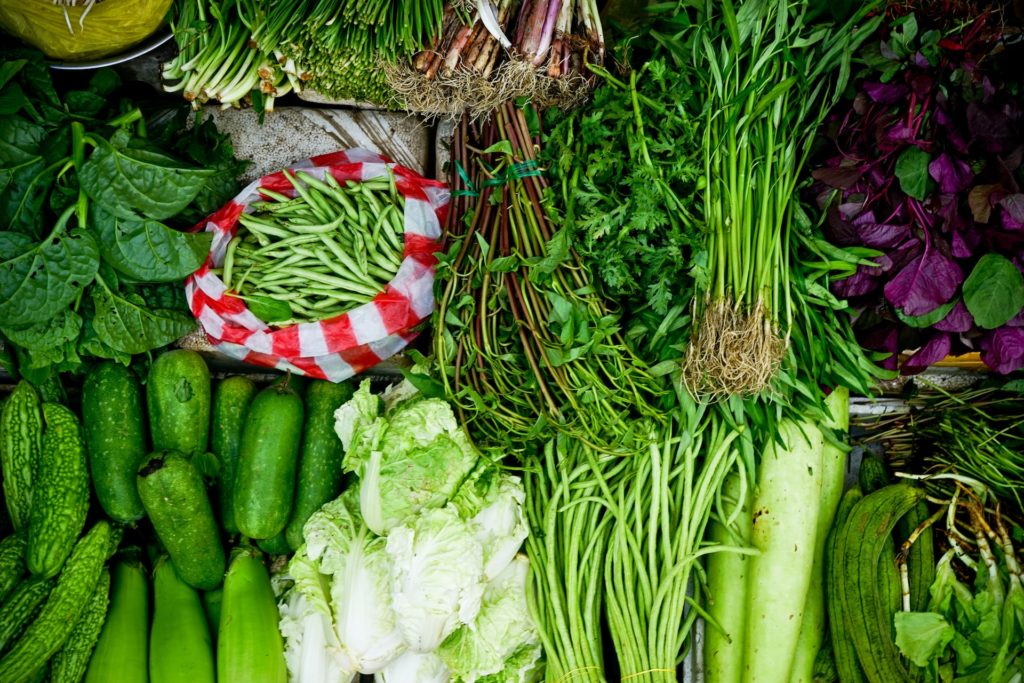
| Food | Iron (mg) |
| ½ cup lentils | 3.3 |
| 1 medium potato, boiled with skin | 3.3 |
| ½ cup cooked spinach | 3.2 |
| ⅓ cup dried kelp | 3 |
| ⅓ cup dried dulse | 2.7 |
| 2 tablespoons tahini | 2.7 |
| ½ cup Jerusalem Artichokes | 2.6 |
| 2 tablespoons pumpkin seed butter | 2.5 |
| ½ cup black eyed peas | 2.1 |
| ¼ cup pumpkin seeds | 2.4 |
| ½ cup lima beans | 2.2 |
| ¼ cup cashews | 2.2 |
| ½ cup swiss chard, cooked | 2 |
| ½ cup parsley | 1.9 |
| ½ cup shelled edamame | 1.8 |
| 2 tablespoons sunflower seed butter or ¼ cup sunflower seeds | 1.8 |
| ½ cup cannellini beans | 1.8 |
| ½ cup black beans | 1.8 |
| ½ cup pinto beans | 1.8 |
| ¾ cup lentil pasta, cooked | 1.8 |
| 2 tablespoons cashew butter | 1.6 |
| ½ cup sliced canned beets | 1.5 |
| ½ cup cooked quinoa | 1.4 |
| ½ cup kidney beans | 1.3 |
| ¾ cup cooked oatmeal | 1.3 |
| 1 medium sweet potato with skin | 1 |
Vitamin C Rich Foods
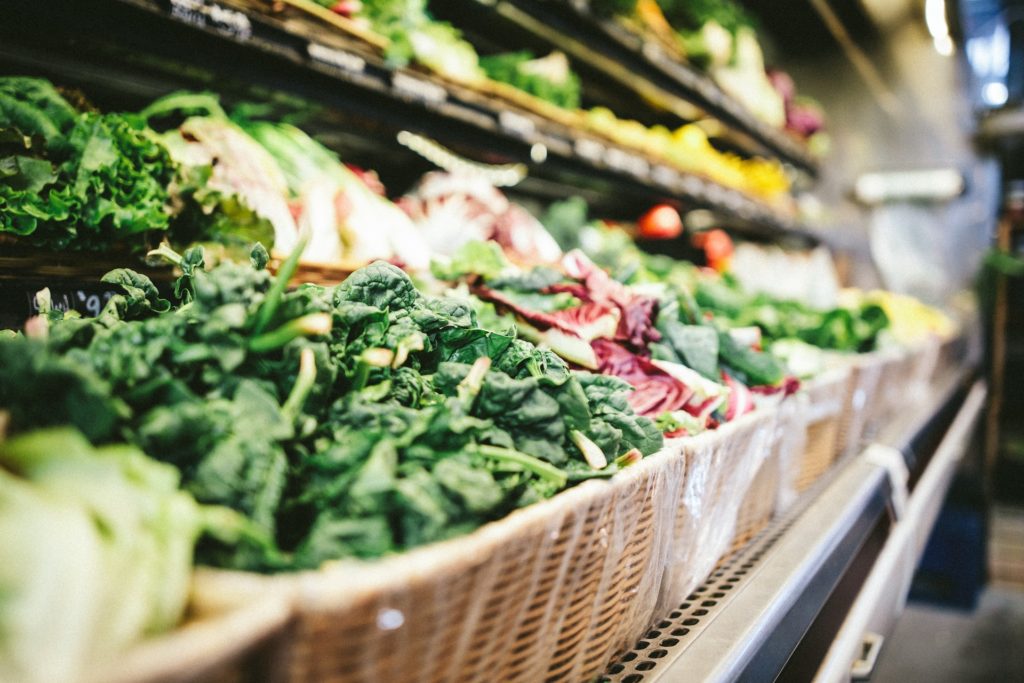
| Food (all in the raw form unless otherwise specified) | Vitamin C (mg) |
| 1 guava | 126 |
| ½ cup red bell pepper | 95 |
| ½ cup yellow bell pepper | 84 |
| ½ cup papaya | 79 |
| 1 orange | 70 |
| ½ cup cooked Brussels Sprouts | 69 |
| 1 kiwi | 64 |
| ½ cup strawberries | 45 |
| ½ cup kohlrabi, cooked | 45 |
| ½ cup broccoli | 41 |
| ½ cup pineapple | 39 |
| ½ cup green bell pepper | 37 |
| 1 clementine | 36 |
| ½ cup cantaloupe | 29 |
| ½ cup cauliflower, cooked | 28 |
| 1 mandarin orange | 24 |
| 1 cup kale | 20 |
| Juice from 1 lemon | 19 |
| 1 medium tomato | 17 |
Tips:
- Pair iron rich foods with vitamin C rich foods to maximize absorption. Lentil stuffed peppers anyone?
- While not a plant food, oysters are especially iron dense and a little goes a long way. Four ounces of canned oysters provides 4.6mg of highly bioavailable iron. This provides 5 grams of protein.
The following foods/beverages can reduce iron absorption. Try not to consume these things at the same time:
High calcium foods such as dairy products, coffee, tea, egg whites and chocolate.
